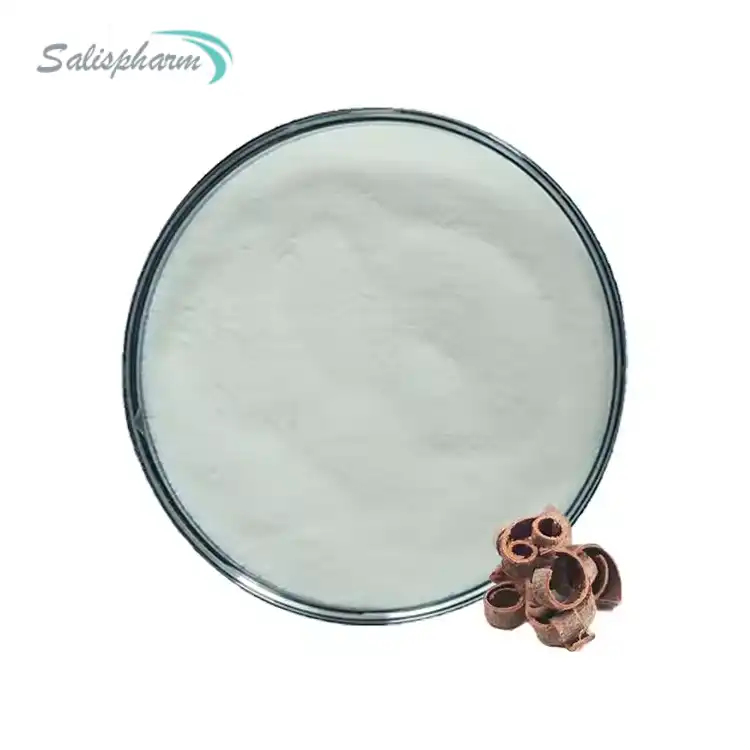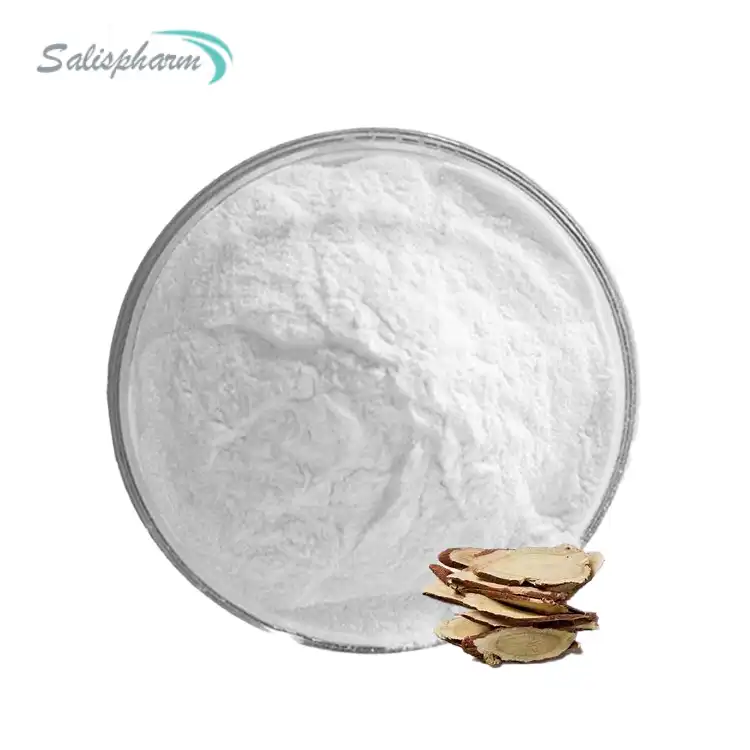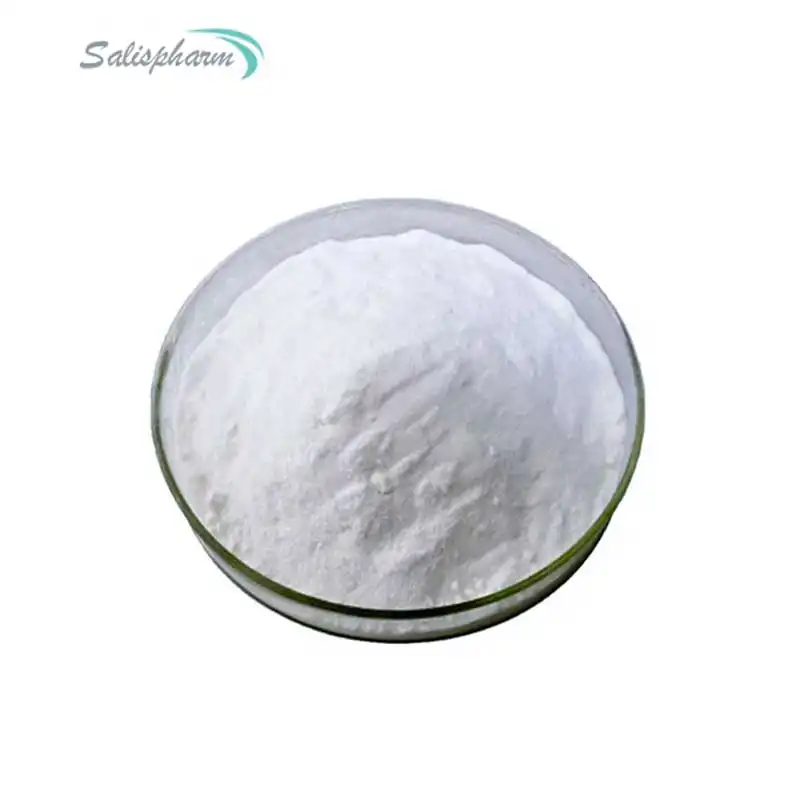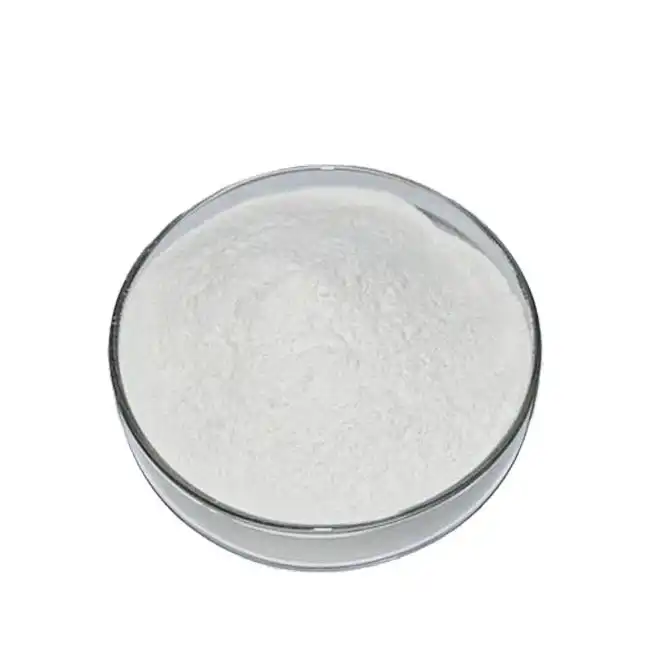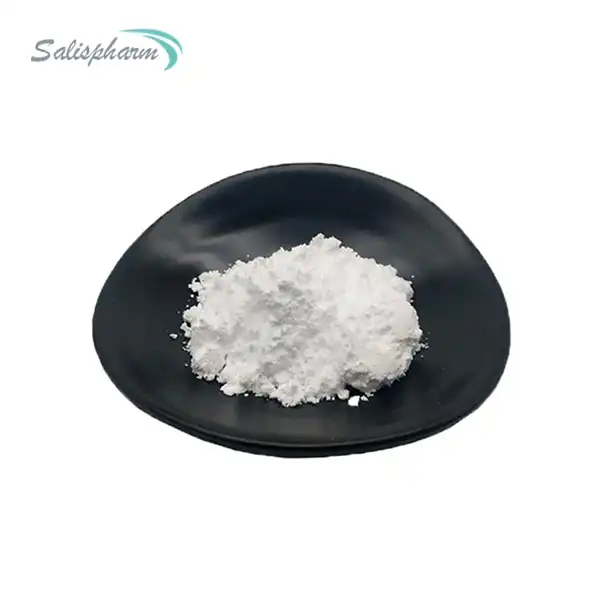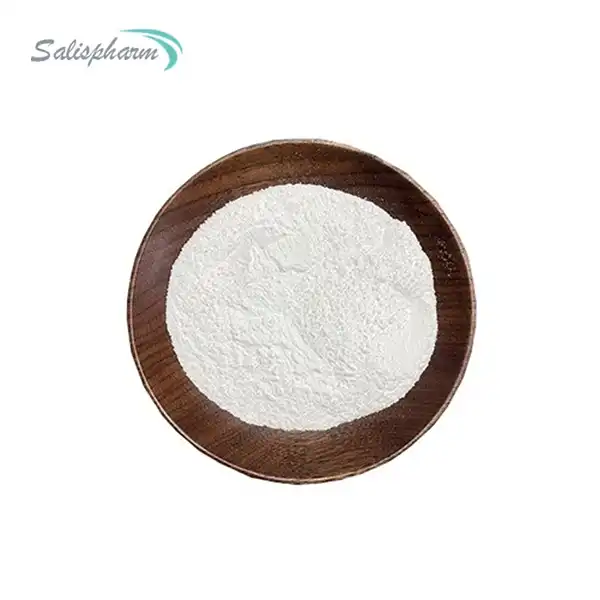Lidocaine powder is a widely used anesthetic and anti-arrhythmic drug. It is commonly used in various medical and dental procedures to numb the area being treated and provide pain relief. However, before lidocaine powder can be effectively administered, it needs to be dissolved properly. In this comprehensive blog post, we will explore the process of dissolving lidocaine powder, addressing common concerns and providing detailed instructions to ensure safe and effective preparation.
What is the Best Solvent for Dissolving Lidocaine Powder?
When it comes to dissolving lidocaine powder, choosing the right solvent is crucial. While water is a commonly used solvent, it may not be the most effective option for lidocaine. Lidocaine is a hydrophobic compound, meaning it has a low solubility in water. Instead, organic solvents like alcohol or propylene glycol are often preferred for dissolving lidocaine powder effectively.
Alcohol, particularly ethanol or isopropyl alcohol, is a popular choice as a solvent for lidocaine powder. It has excellent dissolving properties and can create a stable solution when mixed with lidocaine. However, it's important to note that the concentration of alcohol used can affect the solution's potency and potential for irritation or adverse reactions.
Propylene glycol is another commonly used solvent for lidocaine powder. It is a colorless, odorless, and relatively non-toxic liquid that can effectively dissolve lidocaine. Propylene glycol is often used in pharmaceutical and cosmetic formulations due to its solvent properties and low toxicity.
When choosing a solvent, it's important to consider the intended use of the lidocaine solution, as well as any potential interactions or contraindications with other ingredients or medications. Additionally, proper handling and storage of the solvent and the dissolved lidocaine solution are crucial to maintain its stability and effectiveness.
How to Properly Dissolve Lidocaine Powder for Different Applications?
The process of dissolving lidocaine powder may vary depending on the intended application. Here are some common scenarios and the recommended steps for dissolving lidocaine powder:
1. Lidocaine Solution for Injection or Intravenous Use:
- Determine the desired concentration of lidocaine in the solution.
- Accurately measure the required amount of lidocaine powder using a calibrated scale.
- In a sterile environment, add the lidocaine powder to a sterile vial or container.
- Using a sterile syringe, add the appropriate amount of the chosen solvent (e.g., sterile water for injection, alcohol, or propylene glycol) to the vial.
- Gently swirl or invert the vial to dissolve the lidocaine powder completely.
- Ensure the solution is clear and free of undissolved particles before administering.
2. Lidocaine Solution for Topical Application:
- Determine the desired concentration of lidocaine in the topical solution.
- Measure the required amount of lidocaine powder.
- In a clean container, add the lidocaine powder and the chosen solvent (e.g., alcohol, propylene glycol, or a combination).
- Stir or shake the mixture until the lidocaine powder is completely dissolved.
- If desired, additional ingredients like emulsifiers, thickeners, or preservatives can be added to the solution.
3. Lidocaine Solution for Dental Use:
- Follow the manufacturer's instructions or consult with a dental professional for the recommended concentration and solvent.
- Measure the appropriate amount of lidocaine powder and the specified solvent.
- In a clean container, mix the lidocaine powder with the solvent until fully dissolved.
- Ensure the solution is free of undissolved particles before using it for dental procedures.
Regardless of the application, it's crucial to follow proper safety protocols, use sterile equipment and techniques when necessary, and consult with healthcare professionals or refer to authoritative guidelines for specific instructions and dosing recommendations.
Common Challenges and Troubleshooting Tips for Dissolving Lidocaine Powder
While dissolving lidocaine powder may seem straightforward, certain challenges and issues may arise during the process. Here are some common challenges and troubleshooting tips:
1. Undissolved Particles or Clumps:
- If you notice undissolved particles or clumps in the solution, try gently warming the mixture to increase the solubility of lidocaine powder.
- Alternatively, you can add a small amount of additional solvent and stir or shake the mixture vigorously until the particles dissolve completely.
2. Instability or Precipitation:
- Lidocaine solutions can become unstable or precipitate if exposed to certain conditions, such as extreme temperatures or pH changes.
- Ensure the solvent and lidocaine powder are compatible and properly stored.
- Avoid exposing the solution to direct sunlight or heat sources, which can degrade the lidocaine.
3. Inaccurate Measurements:
- Measuring the correct amount of lidocaine powder and solvent is crucial for achieving the desired concentration and ensuring safe and effective dosing.
- Use calibrated scales and measuring devices to accurately measure the required quantities.
- Double-check your calculations and follow instructions carefully.
4. Solvent Compatibility Issues:
- Some solvents may not be suitable for certain applications or may interact with other ingredients in the formulation.
- Consult with healthcare professionals, pharmaceutical guidelines, or reputable sources to ensure the solvent you choose is compatible with lidocaine and the intended use.
5. Sterility Concerns:
- If the dissolved lidocaine solution is intended for injection or intravenous use, strict sterile techniques and aseptic conditions must be maintained throughout the process.
- Use sterile equipment, work in a clean environment, and follow proper sterilization protocols to prevent contamination.
By addressing these common challenges and implementing appropriate troubleshooting techniques, you can ensure a successful and reliable process for dissolving lidocaine powder for various applications.
Conclusion
Dissolving lidocaine powder is a critical step in preparing solutions for various medical, dental, and pharmaceutical applications. By understanding the best solvents, following proper dissolution techniques, and addressing potential challenges, healthcare professionals and individuals can achieve accurate and effective lidocaine solutions.
Remember, it is crucial to consult with healthcare professionals, follow established guidelines, and adhere to safety protocols when working with lidocaine powder and solutions. Improper handling or administration can lead to adverse reactions or complications.
If you are also interested in this product and want to know more product details, or want to know about other related products, please feel free to contact iceyqiang@gmail.com.
References:
1. Becker, D. E., & Reed, K. L. (2012). Essentials of local anesthetic pharmacology. Anesthesia Progress, 59(3), 98-108.
2. Covino, B. G., & Wildsmith, J. A. W. (1998). Clinical pharmacology of local anesthetic agents. In P. G. Cousins & P. O. Bridenbaugh (Eds.), Neural Blockade in Clinical Anesthesia and Management of Pain (3rd ed., pp. 97-128). Lippincott-Raven.
3. Lidocaine Hydrochloride Injection, Solution [Package Insert]. (2018). Hospira, Inc.
4. Malamed, S. F. (2019). Handbook of Local Anesthesia (7th ed.). Elsevier.
5. Nair, A. B., & Jacob, R. (2016). A simple practice guide for dose conversion between animals and human. Journal of Basic and Clinical Pharmacy, 7(2), 27-31.
6. Sawynok, J. (2003). Topical and peripheral ketamine as an analgesic. Anesthesia & Analgesia, 96(1), 170-174.
7. Strichartz, G. R., Sanchez, V., Arthur, G. R., Chafetz, R., & Martin, D. (1990). Fundamental properties of local anesthetics. II. Measured octanol: buffer partition coefficients and pKa values of clinically used drugs. Anesthesia & Analgesia, 71(2), 158-170.
8. U.S. Food and Drug Administration. (2019). Lidocaine Hydrochloride Injection, Solution.
9. World Health Organization. (2020). WHO Model List of Essential Medicines (22nd ed.).

